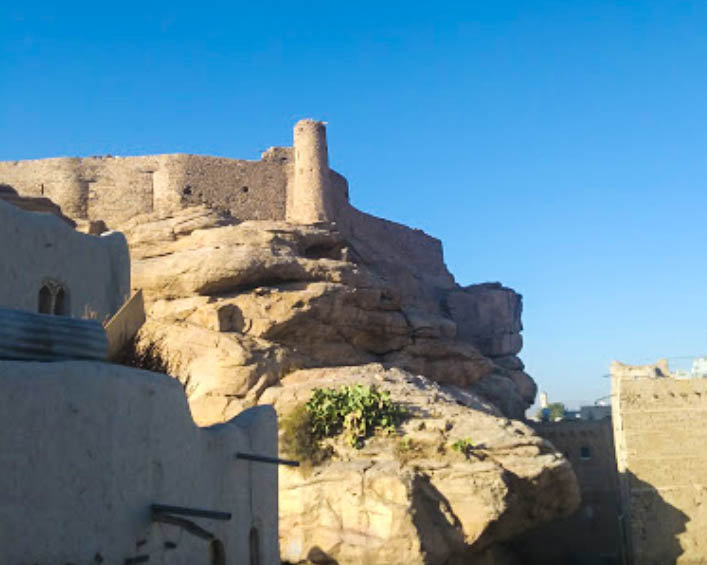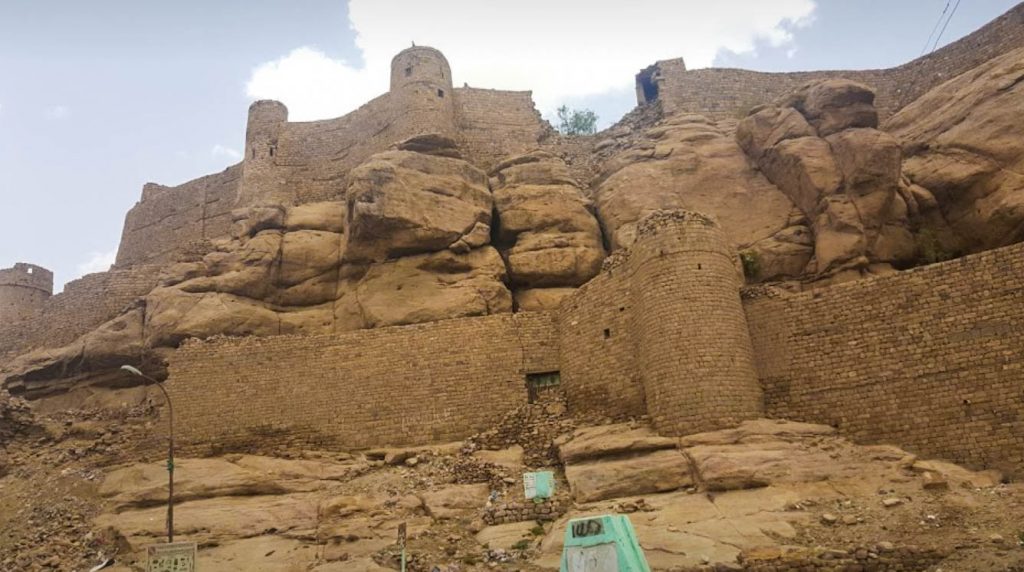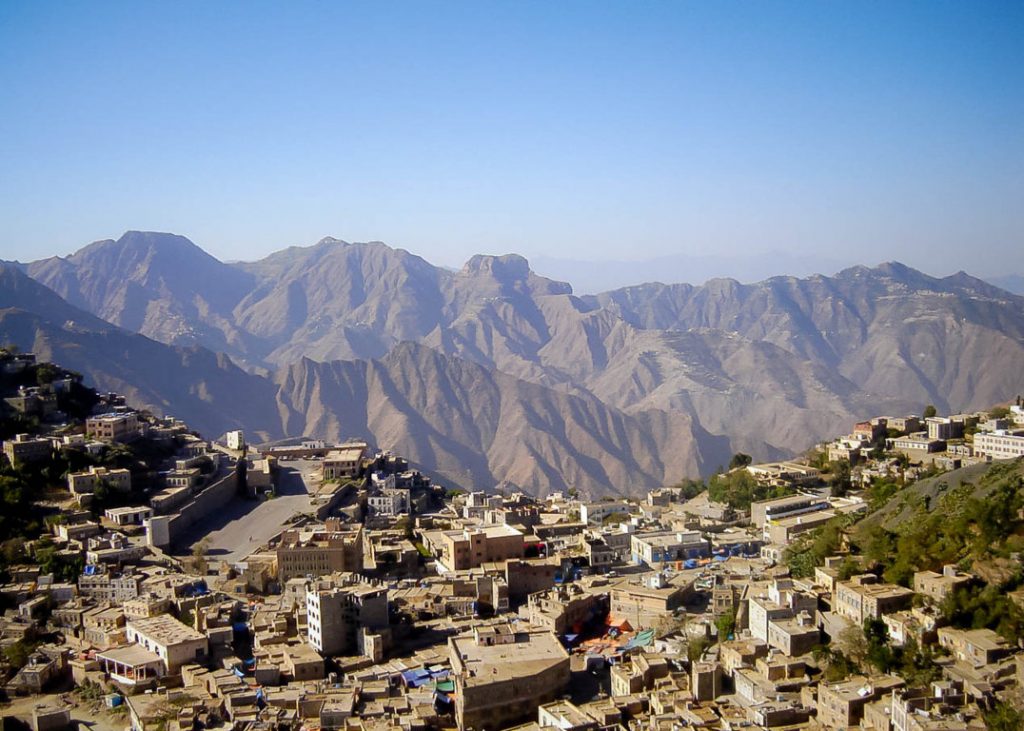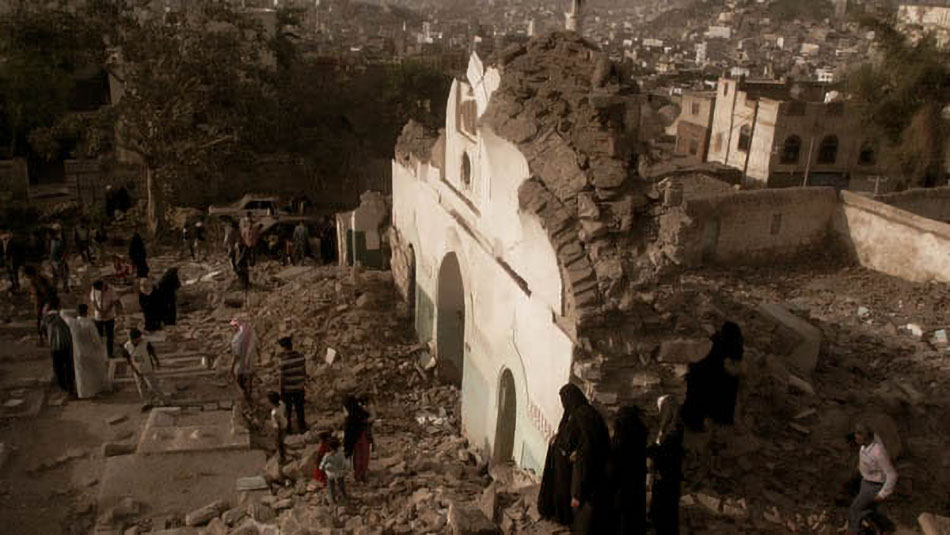Rada’a, Yemen
Coordinates: 14.419523, 44.840905
Nearby Places
- Amiriya madrasa 0.24 kilometers S (189°)
- Queen Arwa Palace 92.82 Km SW (233°)
- Queen Arwa Mosque 92.91 Km SW (233°)
- Al-abbas Mosque (Asnaaf mosque) 99.34 Km NW (333°)
The Citadel of Rada’a is a historic castle in Yemen, located in the center of the Rada’a District. The citadel sits at the district’s highest point and consisted of the original part of the city of Rada’a. The construction of the citadel precedes the introduction of Islam. It dates back to the year 243 during the reign of Shammar Yahri’sh, the Himyarite king.
Precisely, the upper part of the citadel dates back to the Himyarite era. Later the citadel was restored and renovated during the time of Omar bin Abdul wahhab of the Tahirids dynasty. During this time, the other parts of the fortress were added. The construction was ended during the time of Imam Yahya Hamid al-Din, who used the castle as a prison for the rebels. Its status as a prison lasted until the 1990s.
In September 2012, the citadel’s western part had collapsed due to the rainwater and the lack of proper maintenance and restoration.
Castle of Rada’a is considered the most essential archaeological monument in Yemen and was built in the time of King Shamirrish and was restored in the rule of the Tahiri State during the era of Amir bin Abdel Wahab. It is a symbol and an archaeological landmark that every Yemeni is proud of as it is located in a strategic military place that mediates and overlooks Radaa and the adjacent areas.
City of Rada’a
Located within the largely agricultural province of Al-Baidha, Rada’a is a city whose pre-Islamic origins, once situating it between the ancient kingdoms of Radman and Himyar, are evidenced by pre-Islamic structures, like carvings, cisterns, and a historic citadel. In the early Islamic centuries, Rada’a was slow to develop, neglected mainly until the fifteenth century, when it began to flourish under the Tahirid dynasty. However short-lived, Tahirid patronage contributed to the city’s architectural development, sponsoring building projects in Rada’a, including the construction of notable madrasas, such as the Madrasat al-‘Amiriya, in addition to cisterns and irrigation systems.
Public spaces in Rada’a have historically been constructed of mud brick and stone, with the latter appearing most frequently in governmental buildings. Selma al-Radi has argued that ancient brickwork is characteristically refined, used for both structural and decorative purposes. Unique elements of Rada’a’s local architecture include the use of double and triple arches, and alabaster, in the construction of ornamentation and window fan-lights.












